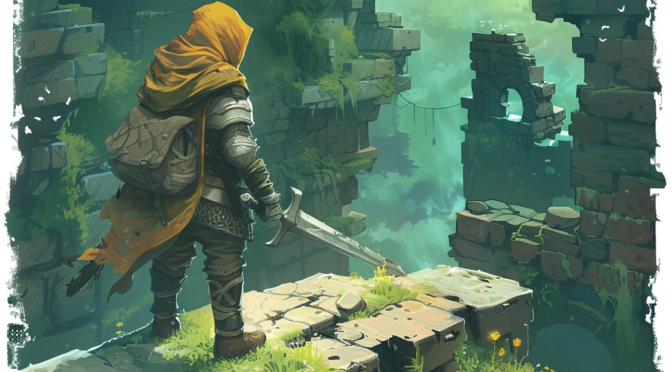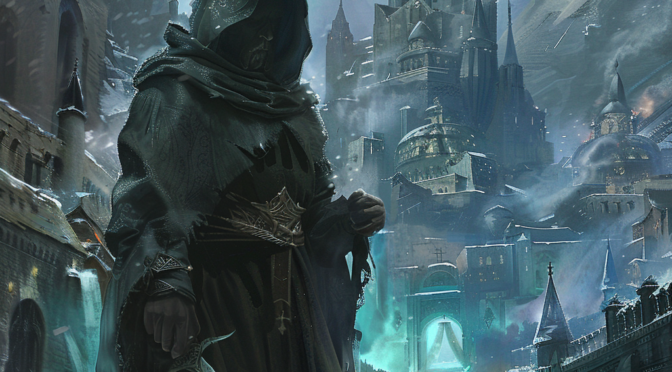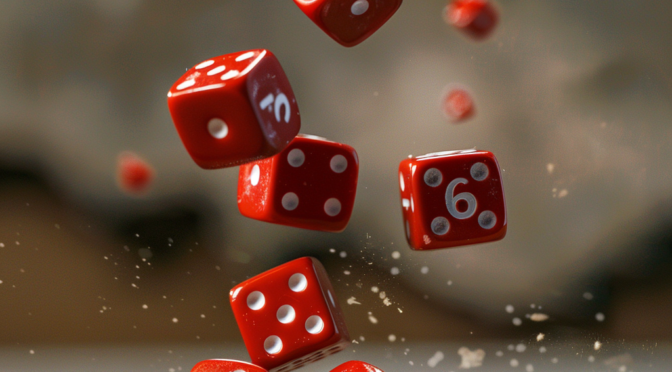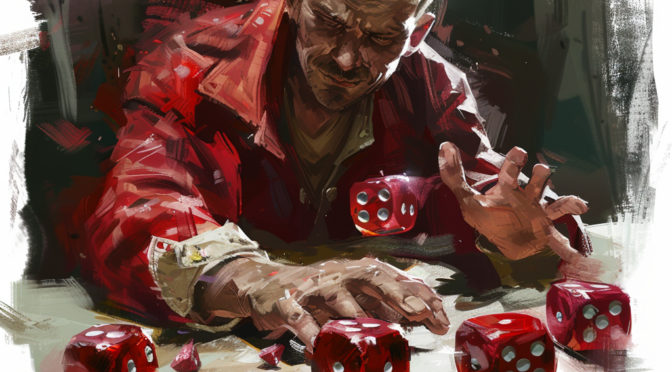FreeD6 is a narrative conflict role-playing game compatible with OpenD6. The abilities and skills have a slightly different emphasis, the application of the Health Track is slightly different, and there is a greater emphasis on relative values instead of absolute values. Character creation and the dice rolling mechanism are the same, and conditions are emphasized as a core mechanism. The core mechanisms in FreeD6 are: narrative structure, abilities and skills, conditions, and taking action.
Category Archives: FreeD6
Results and Conditions
Elements within the game are understood to function and respond in the game setting in the same way as their real-world counterparts. It would be exhausting to try and detail all possible circumstances and assign them game mechanics. Instead, conditions are used to describe ways in which abilities are restricted or enabled as game elements.
Dice Flip
Some abilities, powers, or effects call for a dice flip when a certain number is rolled during a skill check. A dice flip is also called a difference flip. This is written as “Flip-6” or “F6”, meaning that if any die on a roll shows a 6, it should be flipped to a 1 before being totaled to figure result points.
Advantage and Disadvantage
Status conditions, abilities, and effects can give a character Advantage or Disadvantage on a roll.



